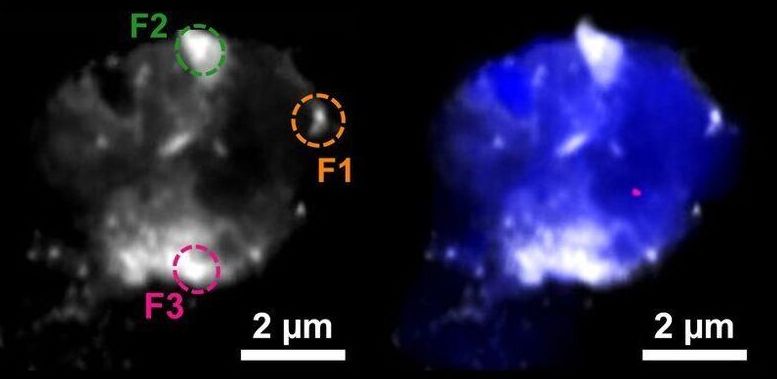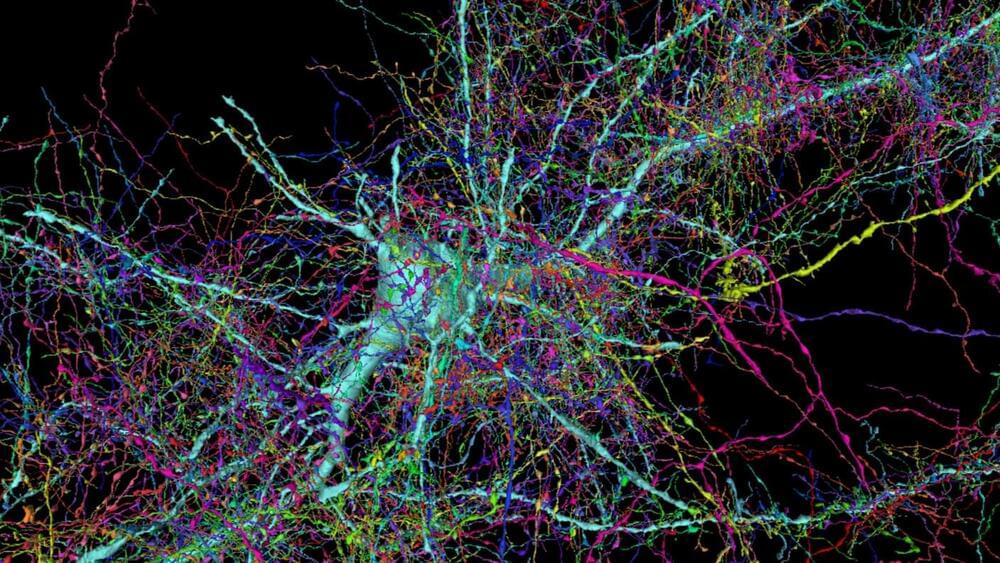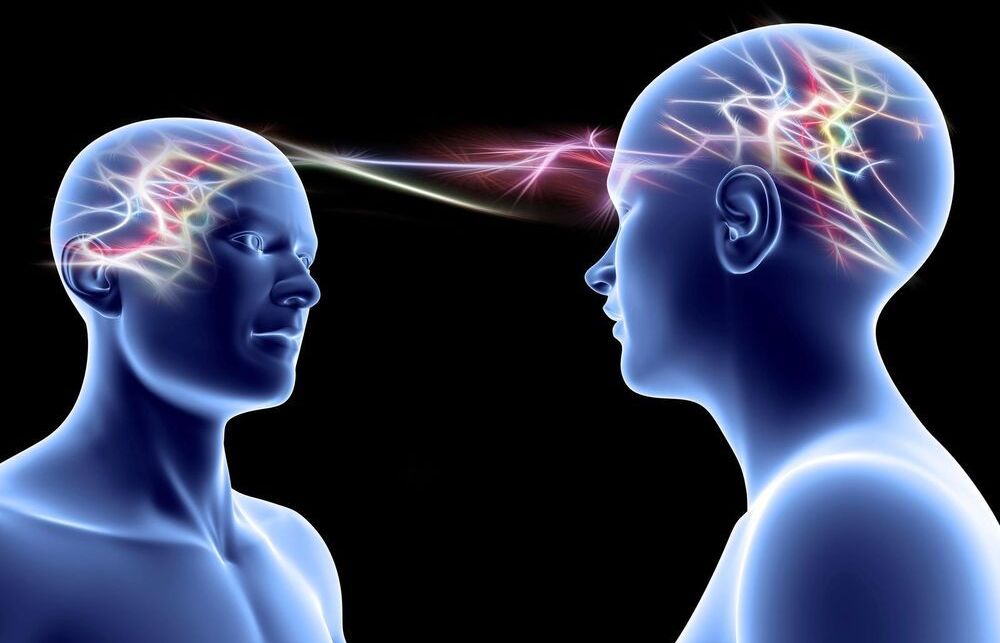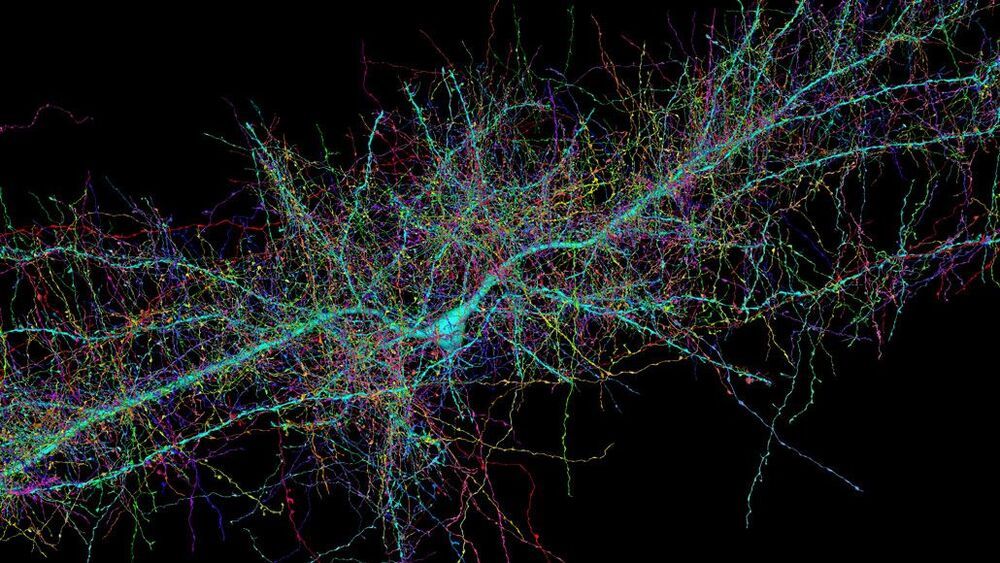Last Tuesday, teams from Google and Harvard published an intricate map of every cell and connection in a cubic millimeter of the human brain.
The mapped region encompasses the various layers and cell types of the cerebral cortex, a region of brain tissue associated with higher-level cognition, such as thinking, planning, and language. According to Google, it’s the largest brain map at this level of detail to date, and it’s freely available to scientists (and the rest of us) online. (Really. Go here. Take a stroll.)
“The human brain is an immensely complex network of brain cells which is responsible for all human behavior, but until now, we haven’t been able to completely map these connections within even a small region of the brain,” said Dr. Alexander Shapson-Coe, a postdoctoral fellow at Harvard’s Lichtman Lab and lead author of a preprint paper about the work.









